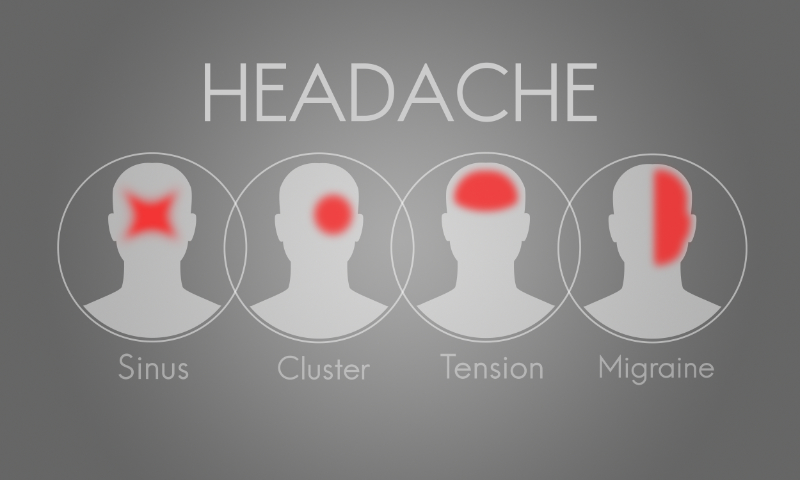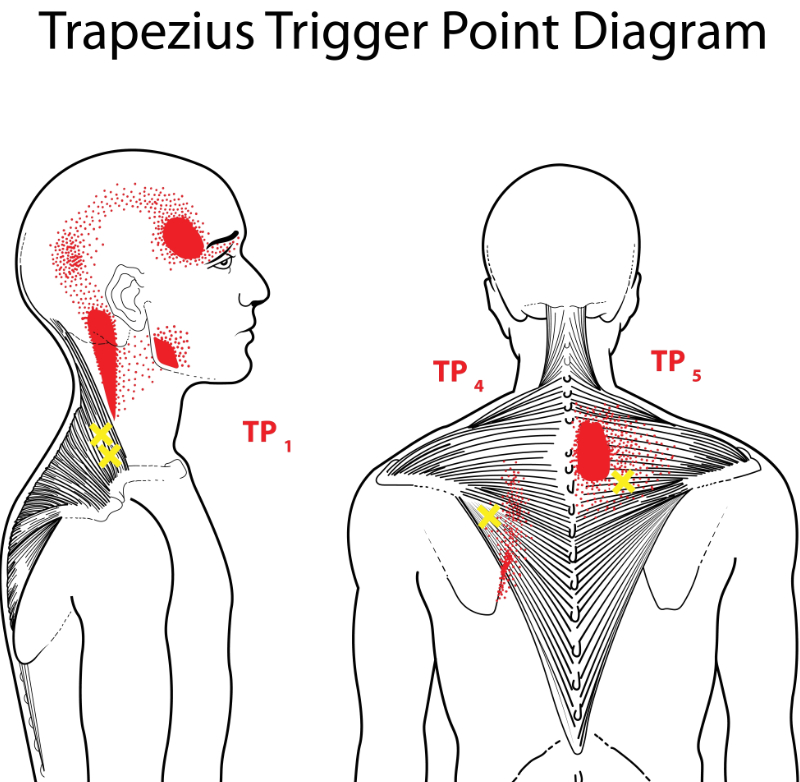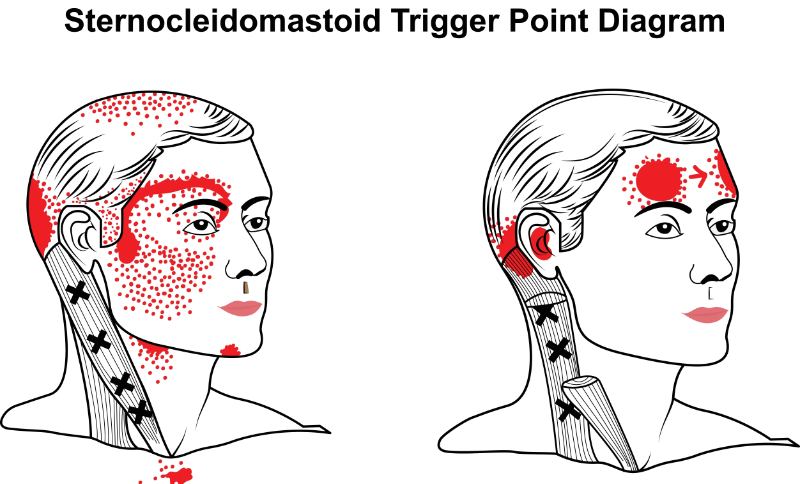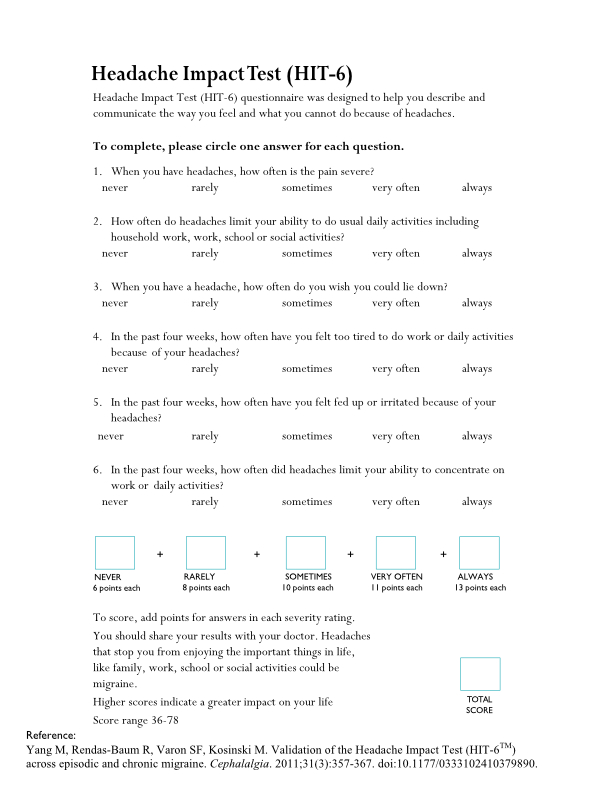Nonsteroidal Anti-Inflammatory Drugs (NSAIDs)
NSAIDs are a common treatment for acute headaches. Frequently used NSAIDs include ibuprofen, naproxen, and diclofenac. They tend to inhibit prostaglandin synthesis and cyclooxygenase (COX) 1 and 2 (Lew & Punnapuzha, 2023).
Ibuprofen: 200-400 milligrams (mg) orally (PO) every 4-6 hours as needed (PRN); the maximum dose is 3200 mg/day if it is prescription strength and 1200 mg/day if it is over-the-counter (Drugs.com, 2023b).
Naproxen: This is dosed at 550 mg every 12 hours. If needed, it can be increased to 825 mg. The maximum daily dose is 1,375 mg (Caporuscio, 2024).
Diclofenac: Diclofenac potassium liquid-filled capsules are dosed at 25 mg PO four times daily; diclofenac free acid capsules are dosed at 18 mg or 35 mg PO three times daily; and diclofenac potassium immediate-release tablets are dosed at 50 mg PO three times a day (Drugs.com, 2023a).
Tolfenamic acid: The standard treatment is 200 mg PO.
Piroxicam: This is given as PO capsules with dosages ranging from 10-40 mg.
Ketorolac: This is usually given parenterally, with 30-60 mg dosages (Lew & Punnapuzha, 2023).
Common adverse effects often include the gastrointestinal system, such as diarrhea, dyspepsia, and generalized abdominal discomfort. Less common adverse effects include rash, easy bruising, and cardiac and renal abnormalities.
Contraindications include patients who are in the preoperative period before a coronary artery bypass graft surgery is performed. Warnings are listed for patients who have renal insufficiency, cardiac diagnoses, or those taking Warfarin (Lew & Punnapuzha, 2023).
Triptans
Triptans have been approved for the treatment of migraine. They are a more expensive serotonin-receptor agonist that binds to specific receptors on blood vessels, especially on smooth muscle cells. They also act on receptors located on the dorsal horn neurons and the trigeminal nerve terminals (Lew & Punnapuzha, 2023).
Sumatriptan: 6 mg subcutaneous (SQ) injection, or 20-40 mg of nasal spray over 24 hours, or 10-30 mg of nasal powder over 24 hours, or 50-100 mg PO once (Pescador Ruschel & De Jesus, 2024).
Zolmitriptan: For nasal administration, it is dosed at 2.5-5 mg in a single dose. For PO administration, it is 2.5 mg in a single dose, not exceeding 10 mg during a 24-hour period (Pescador Ruschel & De Jesus, 2024).
Eletriptan: Eletriptan is given PO; dosages are usually 20-40 mg.
Naratriptan: The standard PO dosage is 1 mg or 2.5 mg.
Almotriptan: This medication is given PO at 6.25 mg or 12.5 mg.
Frovatriptan: The standard dose is PO at 2.5 mg.
Some of the more common adverse effects of triptans include myalgias, heaviness of the limbs, fatigue, and tightness or pressure in the chest or throat (Lew & Punnapuzha, 2023).
There are contraindications and warnings associated with triptans. Providers should be cautious when administering triptans to patients with elevated blood pressure, peripheral vascular conditions, and ischemic cardiac syndrome. They are contraindicated in patients who have hepatic impairment (Lew & Punnapuzha, 2023).
Ergots
Ergot-type drugs are also potent receptor agonists. They interact with adrenergic, serotonin, and dopamine receptors. They involve the constriction of cranial and peripheral blood vessels (Lew & Punnapuzha, 2023).
Ergotamine: 2 mg sublingually is given at the first sign of a migraine attack; may repeat dose at half-hour intervals, not to exceed maximum doses. The maximum dose is 6 mg/24 hours or 10 mg/7-day period (Drugs.com, 2025).
Dihydroergotamine: This can be given parenterally with dosages between 0.5 and 1 mg. An intranasal formulation can be given, and it is dosed at 4 mg.
The most common side effects of ergotamines include nausea, vomiting, and dysphoria.
Contraindications for ergotamines include patients with cardiovascular disease (Lew & Punnapuzha, 2023).
Antiemetics
Anti-nausea medications can be used to help treat nausea due to headaches and migraine. They are usually used in combination with other medications, such as triptans. Common antiemetics include metoclopramide, prochlorperazine, and chlorpromazine (Pescador Ruschel & De Jesus, 2024).
Chlorpromazine and prochlorperazine are dopamine antagonists.
Chlorpromazine: There are also various routes of administration available, but more commonly administered PO or parenterally; dosages can be 0.1 mg/kilogram (kg) to 25 mg.
Prochlorperazine: Commonly given parenterally, rectally, or PO. Common dosages include 10 mg parenterally or PO and 25 mg rectally (Lew & Punnapuzha, 2023).
With antiemetics, there is a risk of torsades de pointes, a type of ventricular tachycardia (Cohagan & Brandis, 2023), and QT prolongation (Lew & Punnapuzha, 2023). Other adverse effects include tardive dyskinesia, dystonia, and akathisia.
Contraindications include known sensitivity and extrapyramidal symptom reactions (Lew & Punnapuzha, 2023).
Others
Calcitonin gene-related peptide antagonists may be used if patients do not respond to conventional treatment options.
Patients with cardiovascular disease who cannot be prescribed triptans may be prescribed selective serotonin 1F receptor agonists, such as Lasmiditan.
Dexamethasone can be used, but often does not provide acute or immediate relief to patients (Pescador Ruschel & De Jesus, 2024).
















